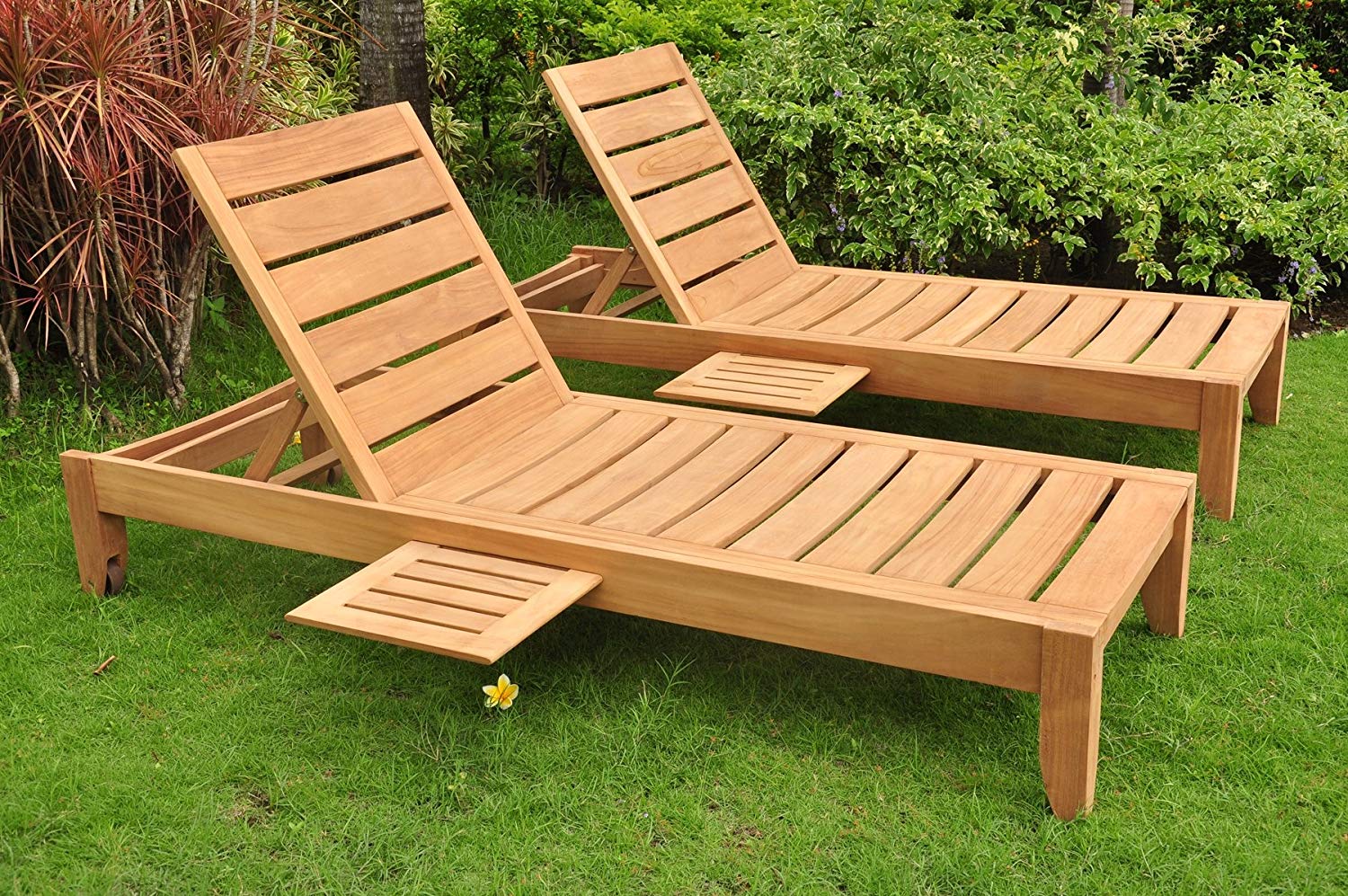Types of Wood for Lounge Chairs: Best Wood Lounge Chair

Choosing the right wood for your lounge chair is a crucial decision impacting its longevity, aesthetic appeal, and environmental footprint. The perfect wood depends on your priorities – durability, style, budget, and ethical considerations all play a part. Let’s delve into some popular options.
Wood Types: A Detailed Comparison, Best wood lounge chair
The following table compares five popular wood types commonly used in lounge chair construction. Consider these factors when making your selection.
| Wood Type | Durability | Aesthetic Qualities | Price Point |
|---|---|---|---|
| Oak | Very Durable; resistant to wear and tear. | Strong, prominent grain; comes in red and white varieties with varying tones. | Mid-range to high. |
| Teak | Extremely durable; naturally resistant to rot, insects, and weathering. Ideal for outdoor use. | Rich, golden brown color; distinctive, straight grain; ages gracefully to a silvery gray patina. | High. |
| Walnut | Durable; strong and stable. | Rich, dark brown color; beautiful, often figured grain; luxurious appearance. | High. |
| Mahogany | Durable; strong and relatively resistant to decay. | Rich reddish-brown color; often exhibits a beautiful, straight grain; classic and elegant. | Mid-range to high. |
| Pine | Less durable than hardwoods; susceptible to dents and scratches. | Light, yellowish color; prominent knots and grain; rustic and affordable. | Low to mid-range. |
Sustainability and Environmental Impact
The sustainability of wood varies greatly depending on the species and its sourcing. Responsibly sourced hardwoods like teak from certified sustainable forests have a lower environmental impact than those harvested unsustainably. Fast-growing softwoods like pine generally have a lower carbon footprint per unit of wood, but their lower durability may lead to more frequent replacements. Look for certifications like the Forest Stewardship Council (FSC) label to ensure your wood comes from responsible sources. Consider the overall lifecycle impact: a durable, sustainably sourced hardwood chair will have a smaller environmental impact over its lifespan than a less durable, frequently replaced softwood chair.
Grain Pattern Comparison: Oak, Teak, and Walnut
Imagine three wood samples side-by-side. The oak displays a prominent, often open grain pattern with visible, distinct pores. The grain can be straight or have a slight wavy pattern. The color ranges from a light creamy white to a reddish-brown depending on the species (red oak vs. white oak). Teak exhibits a relatively straight, close-grained texture with a consistent, uniform appearance. Its color is a warm, golden brown, darkening with age. Finally, walnut presents a more dramatic and varied grain pattern. It often shows intricate swirls, curls, and figure, contributing to its luxurious appeal. The color is a rich, dark brown, sometimes with streaks of lighter brown or even purple hues. These variations in grain pattern significantly influence the visual character and perceived value of the final lounge chair.
